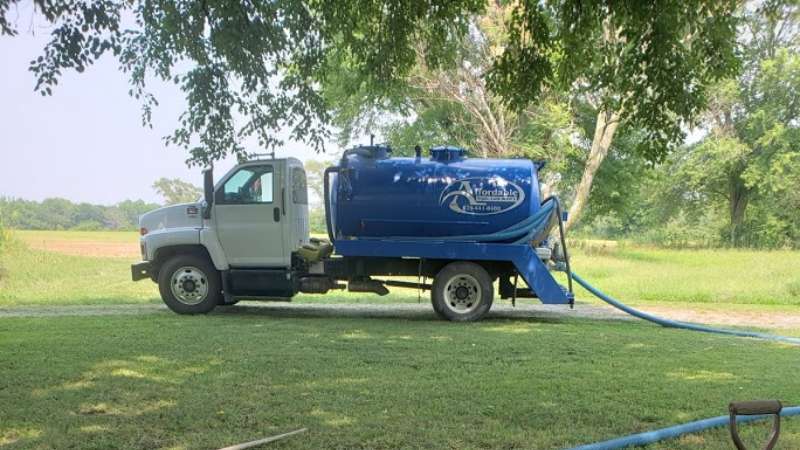Septic and Sewer Video Inspections & Locating Wichita, Kansas

Take Advantage of Our Technology and Expertise With Drain and Sewer Video Inspections
Sewer and septic system repairs in Kansas should always start with a visual inspection of the system and be followed up with a detailed camera inspection. The best way for our technicians to understand the problem in your drain or sewer line, and then determine how to fix that problem, is with a video examination of your system.
Before sewer camera inspection technology came to the forefront, a plumber would often need to rip up floors, tear into walls, or disturb lawns and yards in order to determine what may be causing a pipe blockage or problem with the system. Now, with the help of advanced fiber optics and cameras, we can see exactly what the problem in your pipes is without destructive exploration. There are many issues that can arise from sewer or drain blockages, but with a clear picture of what our technicians can fix for you, the job is much simpler, requires less time, and in most cases, costs you less money when we can pin point the issue.
Affordable Septic Tank Service is a septic and sewer services company based out of Wichita, Kansas and serving Sedgwick County, Cowley County, Sumner County and Butler County. We specialize in septic, sewer, and drain camera inspections. We can trouble-shoot and solve any septic, sewer, or drain system problems you might have.
Septic Tank Location Services
When properties have changed hands many times over the years it's not uncommon for the septic tank and septic field to become "lost" as in the homeowner doesn't really know where they are. There are a variety of methods we can use to determine the location of your tank and field. If you need help locating your septic system please call (316) 755-8997 or fill out our online contact form and we'll get right back to you.
When Should You Video Inspect Your Sewer Or Septic System?
There are many reasons for sewer or drain blockages and most of the time a home or property owner will not inspect their septic or sewer system until there is some type of a problem. If you have a residential septic system to treat your waste water it's a good idea to have the system inspected every 2-3 years. If you have a commercial septic system it's a good idea to have the system inspected annually.
Water Backing Up Into Your Home or Commercial Space
Burst pipes, tree root blockages, baby/flushable wipe blockages, grease deposit blockages, or crushed or damaged pipes, can all contribute to your septic system backing up. Water backing up into homes, basements, crawl spaces, etc. creates unsafe living and working conditions and needs to be addressed quickly. If you are experiencing a sewage, septic, or drain back up, determining the cause of it as soon as possible will save you time, money, and your property.
Large Trees in the Yard or Recent Ground Movement
If there are large trees growing in your yard close to your septic system or sewer lines, there is a good chance that their roots can cause blockages if they infiltrate into the pipes. If you have a large tree in your yard or on your property, routine sewer or septic camera inspections are a good idea. If a root does break into your pipes, the only way to find out for sure is through video exploration of your line.
Similarly, recent ground movement can shift, crush, or crack pipes, leading to blockages or water back ups. If there has been construction or landscaping completed on or around your property, a sewer camera inspection should be done in order to prevent future issues with your lines.
Old Home, New Home, or Routine Inspections
Sewer camera inspections can save you money when done routinely or when moving into a new or old home, or if your home is older and needs a sewage inspection to understand the condition of the system. Houses built before the 1990s commonly used cast iron or vitrified clay pipe piping instead of more durable modern materials like PVC. Often, cast iron or vitrified clay pipe piping can corrode, be crushed, or break at the joints after many years of use. Before moving into an older home, a standard house inspection will typically not include a sewer and drain video inspection, so it's a good idea to have this done so you know the condition of the system.
Sewer Camera Inspections Pinpoint Line Blockages
Affordable Septic Tank Service is committed to providing our customers with quick and affordable video inspections of their septic and sewer system. Line blockages and other sewer pipe damage is easy to diagnose when we can see inside of the pipe line with our cameras. A sewer pipe camera is a long fiber optic cable attached to a head that houses the video capturing unit. The camera will send back an image of what it sees to a monitor that it is connected to and can record the video as well for further analysis.
The camera and cable are small and can fit into almost all commercial and residential pipelines. As the camera goes down the drain, the distance it travels is recorded, allowing our technicians to determine exactly where they need to do their work.
This means there is almost no need for damaging exploratory excavation. Our experts can find, show, and explain to you exactly what they need to do with a sewer camera inspection.
Sewer Lines are Easily Accessible for Video Inspection
As the camera unit and cable are designed especially for pipeline exploration, there is usually no need for any exploratory digging when determining a cause of a septic or drain line problem.
Points of entry for the sewer camera can be through the septic tank access or through a cleanout. Typically, the camera will run the length of the pipeline on your property to where they meet your septic tank or municipal sewer connection. Not only will you have a clear idea of what is going on with your sewer lines, you will have a map of the pipes on your property with measured lengths as well.
If you need to have your septic or sewer system video inspected please call (316) 755-8997 or fill out our online contact form and we will get back to you promptly to schedule a time to inspect your system.
